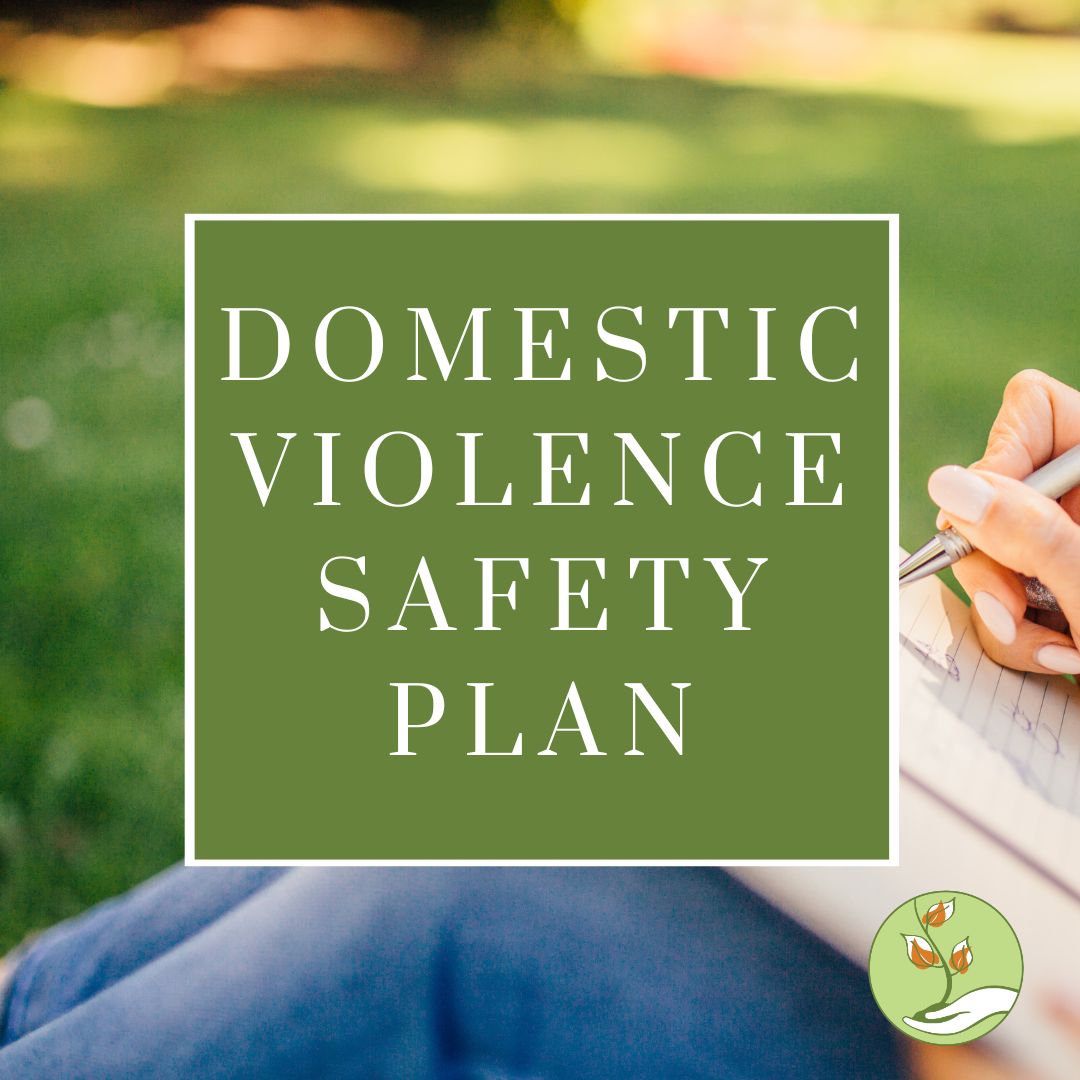Creating a Domestic Violence Safety Plan
Domestic violence is a pervasive issue that affects individuals across all demographics, regardless of age, gender, or economic status. If you or someone you know is experiencing abuse, having a safety plan in place can be crucial for ensuring safety and security. This comprehensive guide will walk you through the steps to create an effective domestic violence safety plan, equipping you with the knowledge and resources to navigate this difficult situation.
ATTENTION: If you are currently experiencing domestic abuse and are torn between your commitment to God and your safety, WE CAN HELP. Please explore our website and contact us when ready. We are here for you. Back to the article.
What is a Domestic Violence Safety Plan?
A domestic violence safety plan is a personalized, practical guide designed to outline specific steps to take in order to stay safe in an abusive situation. It includes strategies for escaping dangerous environments, finding shelter, and accessing support services. Importantly, a safety plan is not a one-size-fits-all solution; it should be tailored to your unique circumstances and needs.
Why is a Safety Plan Important?
- Preparedness: A safety plan prepares you for the possibility of future violence, ensuring you have a clear action plan ready to execute.
- Empowerment: Having a plan can help you regain a sense of control over your life and circumstances, allowing you to make informed decisions.
- Immediate Response: In a crisis, having a predefined plan can help you act quickly and decisively, which can be vital for your safety.
Steps to Create Your Domestic Violence Safety Plan
1. Identify Warning Signs
Recognizing the warning signs of potential escalation is a key first step. Be aware of behaviors that may indicate an increase in danger, such as:
- Increased jealousy or possessiveness from your partner
- Substance abuse issues that may lead to volatile behavior
- changing moods or aggressive outbursts
- Direct threats
2. Develop a Safety Network
Identify friends, family members, or coworkers who can provide support during this challenging time. Openly discuss your situation with them, making sure they understand how they can assist you. Establishing a code word or phrase can be an effective way to signal that you need help without drawing attention to the situation.
3. Create an Emergency Plan
Decide on a safe location to go in an emergency. This could be a trusted friend’s house, a family member’s home, or a local shelter. Familiarize yourself with the route to these places, and consider having a packed bag ready with essentials such as:
- Identification and important documents (like birth certificates)
- Money, credit cards, or prepaid debit cards
- Medications and any necessary medical supplies
- Clothes for you and your children
- Basic toiletries (toothbrush, soap, etc.)
- Important phone numbers written down
4. Establish a Safe Exit Plan
When planning to leave, consider the following:
- Choose a time when your abuser is not at home or preoccupied.
- Have a trusted friend or family member assist you, if possible, to ensure a smooth exit.
- Plan your route to safety in advance and practice it if you can. Think about different scenarios and alternatives, in case your first choice is not safe.
5. Change Communication Methods
Ensure that your communications are discreet and safe. You may want to:
- Use a burner phone or a trusted friend’s phone to communicate.
- Set up a new email account that your abuser does not know about, ensuring your correspondence is secure.
- Use social media cautiously or avoid it altogether, as abusers may monitor your online activity.
6. Document Everything
Keep a detailed record of any incidents of abuse. Document dates, times, descriptions of the incidents, and any witnesses present. This information can be crucial for legal action or when seeking assistance from authorities or support organizations.
7. Seek Professional Help
Contact local domestic violence shelters, hotlines, or support organizations for assistance. These organizations can provide critical resources, counseling, and legal help. In the U.S., the National Domestic Violence Hotline can be reached at 1-800-799-7233, and they are available 24/7 to offer support and guidance.
8. Review and Revise Your Plan
Regularly review and update your safety plan. Your circumstances may change over time, and it’s essential to ensure your plan remains relevant. New threats may emerge, and your options may evolve, so staying adaptable is key.
Additional Resources
- National Domestic Violence Hotline: 1-800-799-7233 – Available 24/7 for support and resources.
- DomesticShelters.org: Find local shelters and services that can provide immediate assistance and long-term support.
- Hagar’s Sisters: While we provide valuable support for individuals facing domestic abuse, we are not an emergency center. If you would like to learn more about our process please click here and reach out when you are ready.
Conclusion
Creating a domestic violence safety plan is a critical step toward protecting yourself and regaining control over your life. Remember, you are not alone, and there are resources available to help you. If you are in immediate danger, please call emergency services or go to the nearest safe location.
If you or someone you know needs assistance, share this guide and encourage them to reach out for help. Your safety and well-being are paramount. Having a comprehensive safety plan can make a significant difference in your ability to navigate an abusive situation, empowering you to take the necessary steps toward a safer future.
GOD SAYS NO TO ABUSE.
If You Are Ready Break Free From The Cycle Of Abuse, Fill Out Our Confidential Form And One Of Our Compassionate Care Coordinators Will Reach Out About Our Program Or Call Us at (978) 266-0053 ext 1

